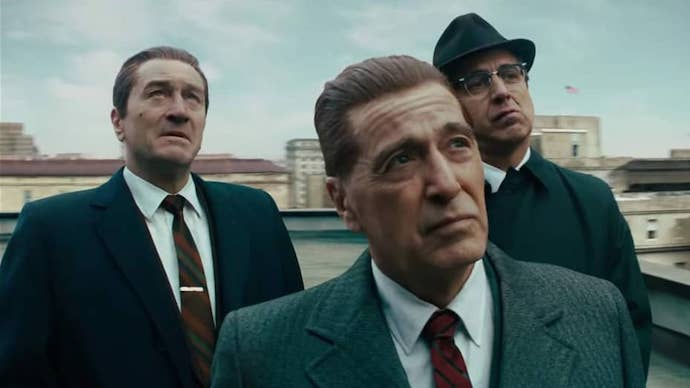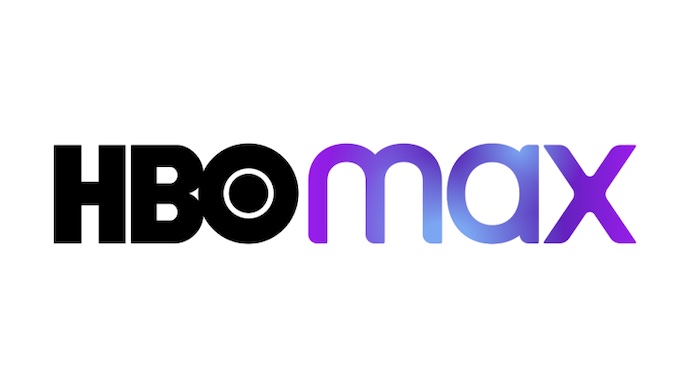Netflix’s Watchlist was a queue of DVDs where you could move titles up and down depending on how much you wanted to watch each one—and Netflix would mail them out to you as they became available. Fast-forward to today and the world of movie consumption looks very different. Netflix still operates its DVD rental service, but most Netflix users are streaming content directly over the internet now. Not to mention all the other streaming services that have popped up in recent years. This explosion in at-home streaming has disrupted all kinds of markets, including people’s attitudes towards physical media (like DVDs and Blu-rays) as well as their likeliness to watch movies in theaters. But streaming has also changed the way filmmakers make their movies. The advent of streaming really has changed cinema and movies forever, and here’s a breakdown of how things have changed.
1. Auteurism and Indie Filmmaking
While big blockbuster movies heaved their weight in gold at the box office, small independent films were able to find their way to big screens by making waves at film festivals. But what about the films in between? Movies with modest budgets—say, around $20 million—were slowly becoming endangered and even extinct for many studios. The rising costs of cinema tickets and film production turned every box office run into a gamble, and financiers wanted bigger and bigger returns. But starting in 2015, Netflix began handing out money to lesser-known auteurs in an effort to create those smaller movies that Hollywood leaned away from. And it worked out because people wanted those smaller movies—plus, they could stream them right from home. In the years since, streaming platforms have become the new home for many auteur-driven films. Those $20 million movies that foundered at the box office now have a place where they can thrive. Unlike Hollywood, streaming platforms are more lenient when it comes to allowing a filmmaker to have fuller control in bringing their vision to like. Netflix, for example, won’t force huge changes on a movie to make it more palatable for wider audiences out of fear of box office failure. Streaming has revived the concept of the small studio movie, an area of the filmmaking industry that was dying off.
2. Home Media Viewing
Back in the grand old days of VHS tapes, the average home TV screen size was around 24 to 32 inches. The television itself was bulky and hefty, and the screen resolution was laughable—especially compared to this era’s push toward 4K, 8K, and beyond. In those days, at-home viewing of movies was a subpar experience: poor picture quality, poor audio quality, without any of the grandeur that came with cavernous movie theater auditoriums. Direct streaming would have been a terrible experience back then. The cinema was the only way to witness the glory of cinematography as it was intended by filmmakers. Fast-forward to today and most modern households can affordably recreate the theater experience. A 65-inch 4K television starts at just $500, and you can boost the audio experience with a decent soundbar (or surround sound setup, if you’re willing to go that far). People are happy enough to watch movies at home now, and film producers are catching on to this fact—which is why films aren’t just being developed with big theater screens in mind, but also with at-home television screens in mind.
3. The “Theatrical” Concept
Over the past few years, streaming releases have made audiences start questioning the qualities that make a “theatrical” film. Is Spider-Man: No Way Home theatrical? Nearly everyone would say yes, especially given that it’s one of the biggest movies of all time. Is The Batman theatrical? Of course it is, according to most. Not to say any of those are bad movies—in fact, they’re all worth watching and everybody should—but it’d be a stretch to call any of them “theatrical.” They don’t take full advantage of the theater experience, which means people aren’t willing to pay extra to watch them. Such “non-theatrical” films belong on streaming services, where viewers can take a chance and/or tune in on a whim because they don’t have to worry about spending more of their money to do so. Streaming has changed how audiences think about their films and how they want content delivered to them. It’s a change that can’t be undone. When deciding whether a movie is worth a cinema ticket, the bar has been raised and the criteria is now stricter.
4. Studios & Streaming Services
The biggest indication that streaming has fundamentally changed the landscape of cinema is that all the big production studios have launched—or still plan to launch—their own dedicated streaming services. Hence, the deluge of Netflix alternatives like Disney+ (Disney), HBO Max (HBO), Peacock (NBC), Paramount+ (Paramount), etc. And from a business perspective, why wouldn’t studios want to enter the streaming market? Subscriptions are more stable than box office numbers, and that stability allows them to take more chances. Sure, the movie theater still has a place in modern society—primarily as the house where we can watch superheroes and big-budget movies that deliver an experience that can’t be replicated at home. But streaming has made us pickier about what we’re willing to watch in movie theaters. As studios invest more into their streaming services, we’re going to see more and more films released on streaming platforms going forward. The 21st century has come knocking and found cinema wanting, in desperate need of a change. Read next: Why are sci-fi movies so popular in modern cinema?










